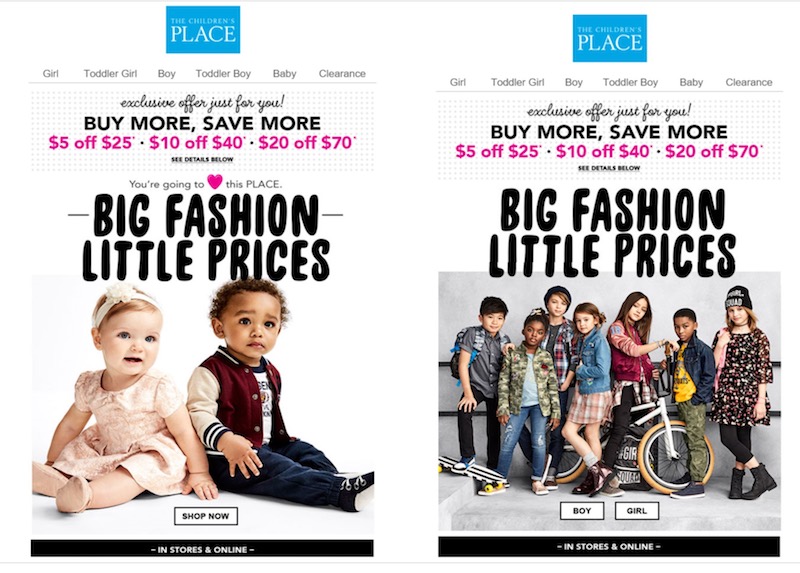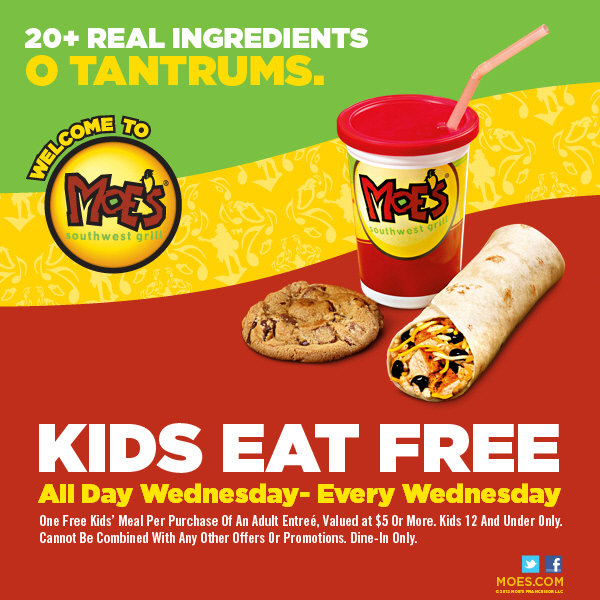There are multiple ways to improve the effectiveness of email marketing. Optimizing the content, frequency, and images are examples.
But the best way to improve effectiveness is to ensure the message is relevant to the recipient. Segmenting your list to the likes and desires of individual subscribers can improve opens, clicks, and sales.
In this post, I’ll address tips on segmenting an email list and strategies to communicate with each segment.
Creating Segments
The idea of email segmentation is to create groups with similar characteristics that matter to your brand or products. The groups could then receive messages relevant to that characteristic. For subscribers with children, for example, the messaging could include references to kids or images of families.
There are many options for divvying up your list. The options fall into four broad categories: demographic, behavioral, geographic, and physiographic.
Demographic
- Gender
- Geography
- Age
- Income
- Family status
Behavioral
- Past purchase behavior
- Website visits
- Shopping cart adds
- Life-stage groups
Geographic
- City, state, country, or region
- Climate
Physiographic
- Lifestyle or beliefs
- General interests
The first step in identifying potential segments is to determine if the subscriber file contains the data. For example, creating a campaign addressing weather events in the Southeast U.S. could require physical mailing addresses of recipients.
The next step is understanding if there is a big enough difference between segments to warrant a separate message. Segmenting by gender, for example, typically requires images of males and females and offers that apply to each.
Messages
Once you have established segments, the creative message and images should resonate with each group. A segment of retirement-age recipients may respond better to an informational message while a millennial-age group may respond to an attention-getting subject line.
Changes in images or messages can be subtle for each segment. For example, the email below from The Children’s Place, an apparel company, has two versions based on the age of the children in the recipient’s household. A mother of a young toddler (at left, below) is presumably not interested in clothing for school-aged children (at right).

This email from The Children’s Place has two versions based on the age of the children in the recipient’s household.
Offers and Incentives
Testing offers and incentives will help understand what motivates certain segments. For example, affluent recipients are usually less persuaded by deep discounts. And offering free or discounted products for children would apply only to recipients with kids.

This message from Moe’s Southwest Grill — “Kids Eat Free” — would presumably appeal only to recipients with children.
Frequency, Calls-to-action
The frequency of email messages should reflect the activity of subscribers. Monthly purchasers should receive more emails than, say, annual buyers. Also, a subscriber’s order-channel preference could determine the call to action. If an older demographic prefers calling in an order, the email creative should include a click-to-call option instead of a “shop now” button.
Devices, Deployment Time
Knowing when recipients open emails can impact deployment times and device optimization. For example, working professionals may open emails during business hours on desktop computers. Lower-income recipients may open on mobile devices on nights and weekends.
The time and general calls to action for these two groups would likely be different.
Subject Lines
Mintel, a research firm, examined email subject-line keywords for various segmentation categories to determine the best open rates. Negative life events such as a disaster or crisis garnered the highest open rates at 30.3 percent. Positive life events such as retirement, a first home, or a birthday have average open rates ranging from 12.0 to 20.1 percent, according to Mintel.
I’ve summarized the results of Mintel’s research below for categories and open rates.
Positive life events and themes
- Retire/retirement: 20.1 percent
- College, graduate: 16.2 percent
- Birthday: 15.6 percent
- First home: 15.0 percent
- Wedding: 14.8 percent
- Job, raise, promotion: 12.0 percent
- Family: 12.0 percent
Negative life events and themes
- Disaster, crises: 30.3 percent
- Risk: 20.2 percent
- Secure, security: 16.8 percent
- Debt: 11.8 percent
Planning and goal setting
- 401K: 22.6 percent
- Plan, planning: 21.8 percent
- Goals: 19.9 percent
- Estate: 15.6 percent